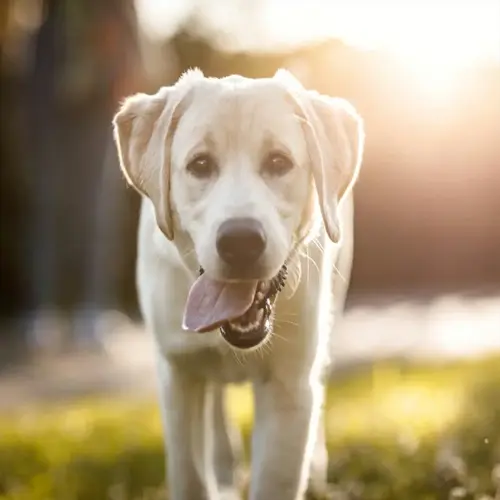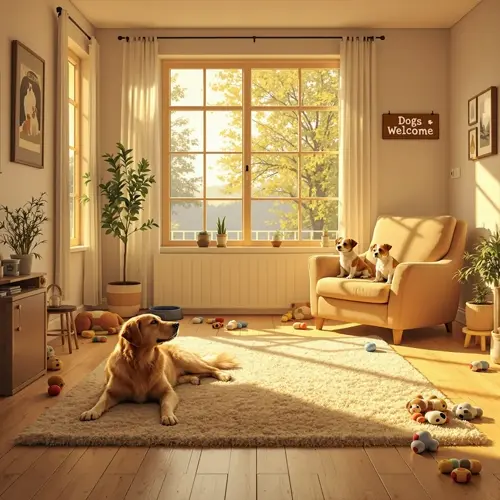How do I measure my dog for the correct bed size?

Written by
Wang Jiahao
Reviewed by
Prof. Henry Webster, Ph.D.Appropriately sizing your dog's bed ensures proper support and comfort. Use a soft tape measure while your dog stands properly. Measure from nose to base of tail. Add 6-10 inches for stretching surfaces. Shoulder width is important for dogs that sleep on their sides.
Body Length Measurement
- Position your dog standing on flat ground
- Measure from neck base to tail base start
- Add 15% buffer length for stretching space
- Record in both inches and centimeters
Shoulder Width Technique
- Locate the widest point across shoulders
- Measure with tape parallel to ground
- Add 4-6 inches for comfortable turning
- Ensure tape doesn't compress fur
Sleeping Position Observation
- Monitor preferred sleeping style for 3 nights
- Note maximum stretch extension
- Time curled vs. sprawled positions
- Adjust dimensions for dominant posture
Correct measurements eliminate joint stress, ensuring sleep quality. Toy breeds need definite measurements to feel secure. Large breeds require ample length for proper spinal alignment. Orthopedic beds should be exact so they can provide their benefits. Never guess from the weight alone!
When deciding on dimensions, consider sleeping habits. Curlers require beds with high sides that form a circle. Sprawlers require rectangular beds with space. For older dogs, low-entry designs are ideal. Always measure after the growth of puppies.
Orthopedic support requires a specific thickness that relates to your dog's weight. The foam for small breeds must be 2-3 inches thick. For medium-sized dogs, the collar should be 3 to 4 inches in diameter. Large breeds must have 4 inches or more of dense foam. Using the proper density will prevent the forced breakdown of the foam.
Steer clear of generic sizing guides that do not take into account breed sizes. A dachshund, for instance, requires extra length due to its spine. Bulldogs need a wider surface for stability. Regardless of breed type, measure each dog individually. Customization is essential, as dog body types do vary.
Routine measurements are key for growing puppies and geriatric dogs. Weight fluctuations affect pressure distribution. Remove beds that show compression or wear. Having the right-sized bed can prolong use while maintaining your dog's comfort. Your dog's ability to move around is reliant on providing adequate support.
Read the full article: Dog Bed Size Guide: Find the Perfect Fit

